The six-wheeled fever dreams of Cristian de Léotard
In his review of the Renault R5 Turbo and Clio V6 for Hagerty, Sam Smith wrote, “If you take one thing from this story, make it this: The French are bonkers.”
Oh, Smith, my sweet summer child. Strap in, because today, we are going full Marcel-Duchamp-Hugo-Ball-Dadaism-cuckoo-bananas. What’s nuttier than a French economy car with a turbocharged engine behind the front seats and a backend designed by Sir Mix-a-Lot?
Meet one of the creations of the irrepressible Cristian de Léotard: an R5 Turbo with six wheels and not one but two engines in the back.

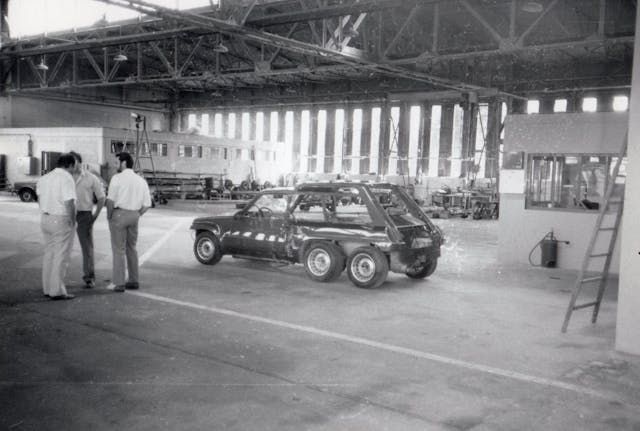
This machine was no one-off burst of insanity but merely a single chapter in a huge portfolio of six-wheeled machinery. De Léotard was a dreamer, and he was also a doer, whose work directly influenced the 2013–15 Mercedes-AMG G63 6×6. When that particular Teutonic war elephant hit the scene, everyone reeled. To de Léotard, who was born in 1948 and lived until 2014, the six-wheel G-Wagen would just have been a factory-built vindication of a concept he had created some thirty years before.
Born in Paris, France, Cristian de Léotard grew up with an ever-present sense of humor, never taking himself too seriously. Along with that sense of humor came a broad creative streak. After training as an electromechanical engineer, he landed a position at Rover in 1978.
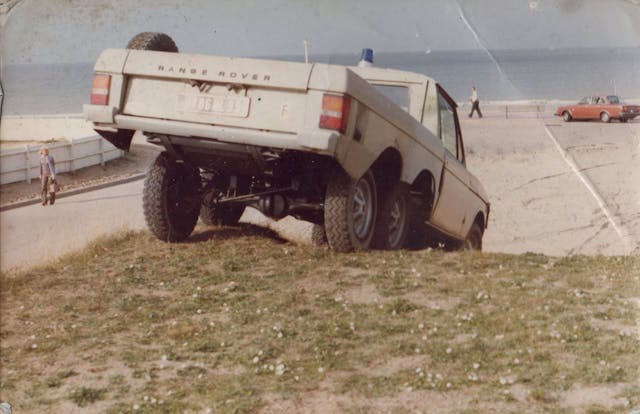
There, his 6×6 obsession germinated. Almost as soon as the Range Rover first emerged in 1970, some English coachbuilders began to build six-wheel versions. Largely, though, these were intended for commercial purposes, usually serving as ambulances or firetrucks. De Léotard worked on a six-wheeled Range Rover project internally, but his six-wheel designs wouldn’t find fame until he struck out on his own. In the meantime, he left Rover and returned to France to work for a pioneering coachbuilding firm founded by Pierre Tissier.
Tissier (not to be confused with the French resistance fighter of the same name, who died in 1955) was the founder of Application des Procédés Tissier (ADPT), and the creator of a unique segment of multi-axle vehicles called Loadrunners. Primarily Citroën-based, these unusual vans and transport trucks look bizarre: The original transport vans retained the front-wheel-drive architecture of a DS station wagon, with an extended body and Citroën’s hydropneumatic leveling suspension on all three axles. Their intended purpose seems faintly quaint in modern times. Early in the morning, the Loadmasters would leave Paris with a load of the latest French newspapers, traveling at above 100 mph on their way to distribute to French-speaking people from Brussels to Spain.
De Léotard honed his coachbuilding skills at ADPT, but he had bigger ideas than just lengthening a front-wheel-drive chassis.
“My father and [Pierre] Tissier were friends during the ’70s but not [a] very long time, because my father was a dreamer and he wanted much more ideas about six-wheel-drive,” says Cristian’s son, Camille de Léotard. “Tissier was the boss and my dad wanted to choose and decide what he wanted to build.”
In 1979, Cristian left to create his first six-wheeled Renault 5, utilizing parts from a four-wheel-drive supplier called Simpar. In something of a joke towards his old boss, he names his new company Application des Procédés Léotard: ADPL.
With a reinforced frame built of tubular steel and a weight of just over 2100 pounds, de Léotard’s R5 was more than an odd duck—it was sturdy and fast. A year after its creation, he entered it in the grueling Paris-Dakar rally, where it acquitted itself well, though it failed to go to the full distance. A bizarrely modified version of what was then the most-popular city car in France garnered a great deal of media attention, and orders started flowing into ADPL.
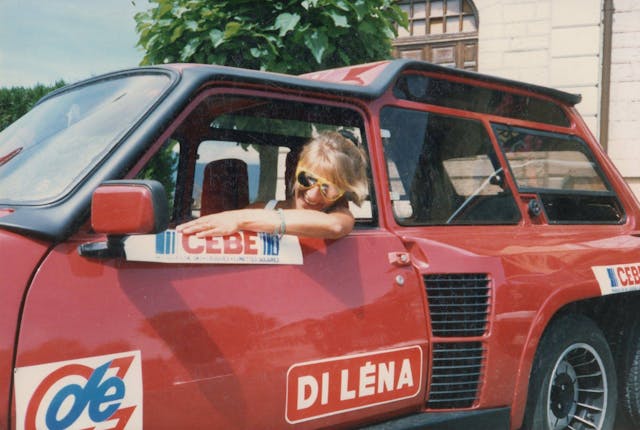
Over the years, de Léotard’s six-wheel vehicles gained a reputation for elegance and craftsmanship. His 6×6 version of the Range Rover is still noted as the finest of an odd breed, and he converted all manner of other machinery as well.
In 1984, he again entered the Paris-Dakar rally in a 6×6 version of the Mercedes-Benz Gelandewagen. In 1985 and 1986, entrants included 6×6 and 6×4 versions of Mercedes-Benz 190s, heavily modified by de Léotard.
Beyond the desert racing, ADPL created various commercial applications of the six-wheeled vehicle. But along with the bread-and-butter stuff, de Léotard was still dreaming of stranger projects, and thanks to a friendship with one of the directors of Renault, he began to work on a six-wheeled R5 Turbo.
The problem here was that the more powerful turbocharged engine would have shattered the Simpar four-wheel-drive transmission. In a fit of combined madness and genius, de Léotard simply added a second engine, which could operate either by itself or in tandem with the original powerplant. Since the R5 Turbo six-wheeler perished in a first, it’s unclear how well the system worked; but it did actually work.
We don’t know exactly how many six-wheeled vehicles de Léotard created, or how many are still out there. Many of the commercial-application vans and trucks he built will likely have reached the end of their service lives, but every so often a civilian-spec model pops up for auction.

There are de Léotard camper conversions, pickup trucks, desert-racing specials, firetrucks, and ambulances, as well as several six-wheeled R5s.
Cristian de Léotard’s wildest creation is still out there, too. Parked in a garage near Nevers in central France, it was badly damaged in a fire in 2002. De Léotard was still working on the complicated insurance claim when he died in 2014, and it is unlikely this craziest of R5 Turbos will ever be restored. Its resting place is theoretically a secret, but the machine has become popular with urban explorers, so photos sometimes crop up on social media.
If you take one thing from this story—yes, the French are bonkers. But if you remember a second, let it be this: There is no better way to live an interesting life than to combine a lasting sense of humor with a serious commitment to your dreams. Cristian de Léotard leaves a legacy as the king of six-wheelers, and it seems as if, for every day of the 66 years allotted to him, he was having the time of his life.
***
Check out the Hagerty Media homepage so you don’t miss a single story, or better yet, bookmark it. To get our best stories delivered right to your inbox, subscribe to our newsletters.

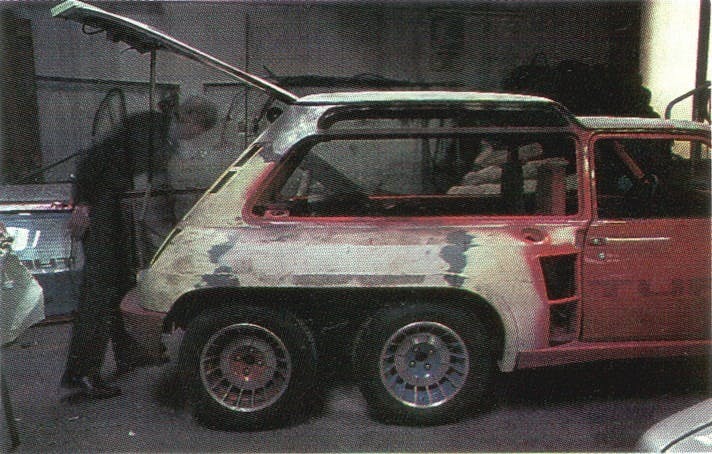




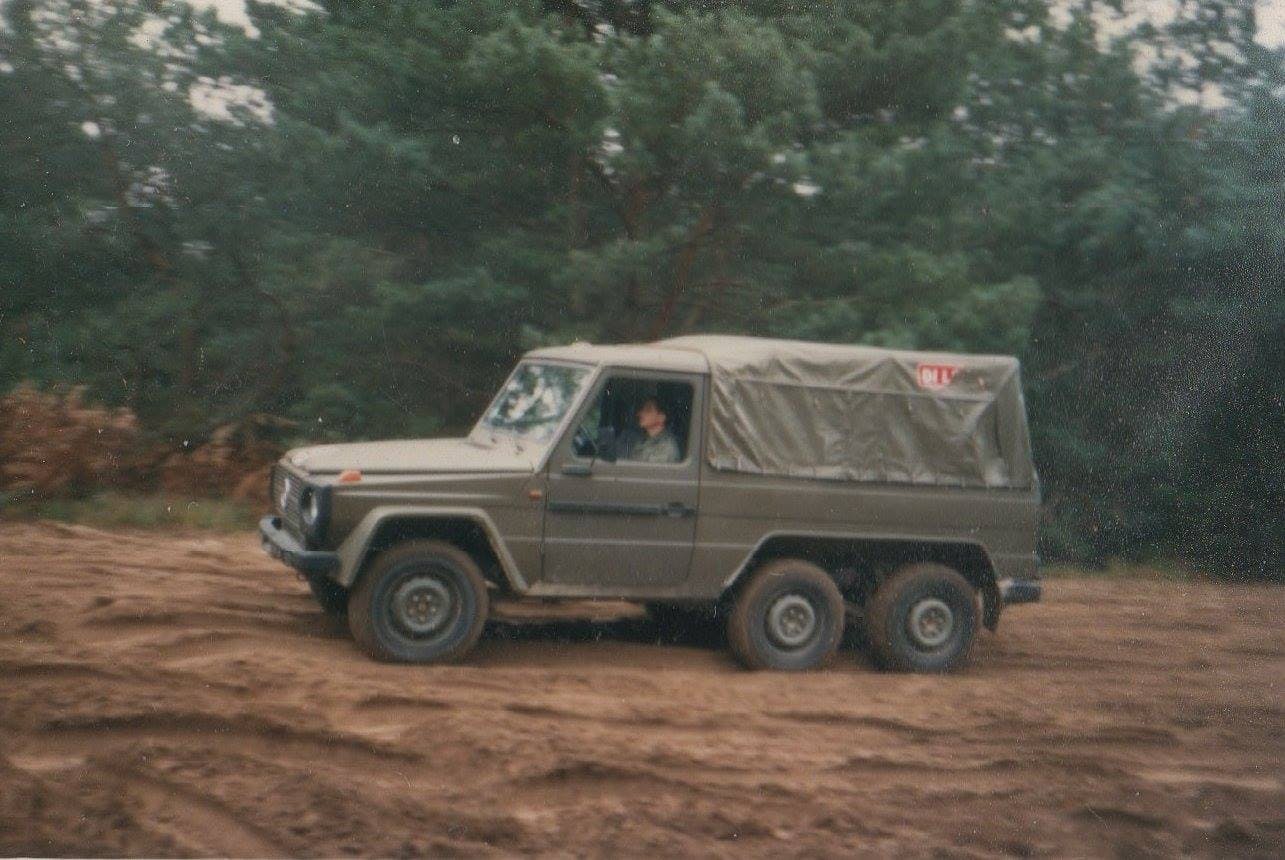
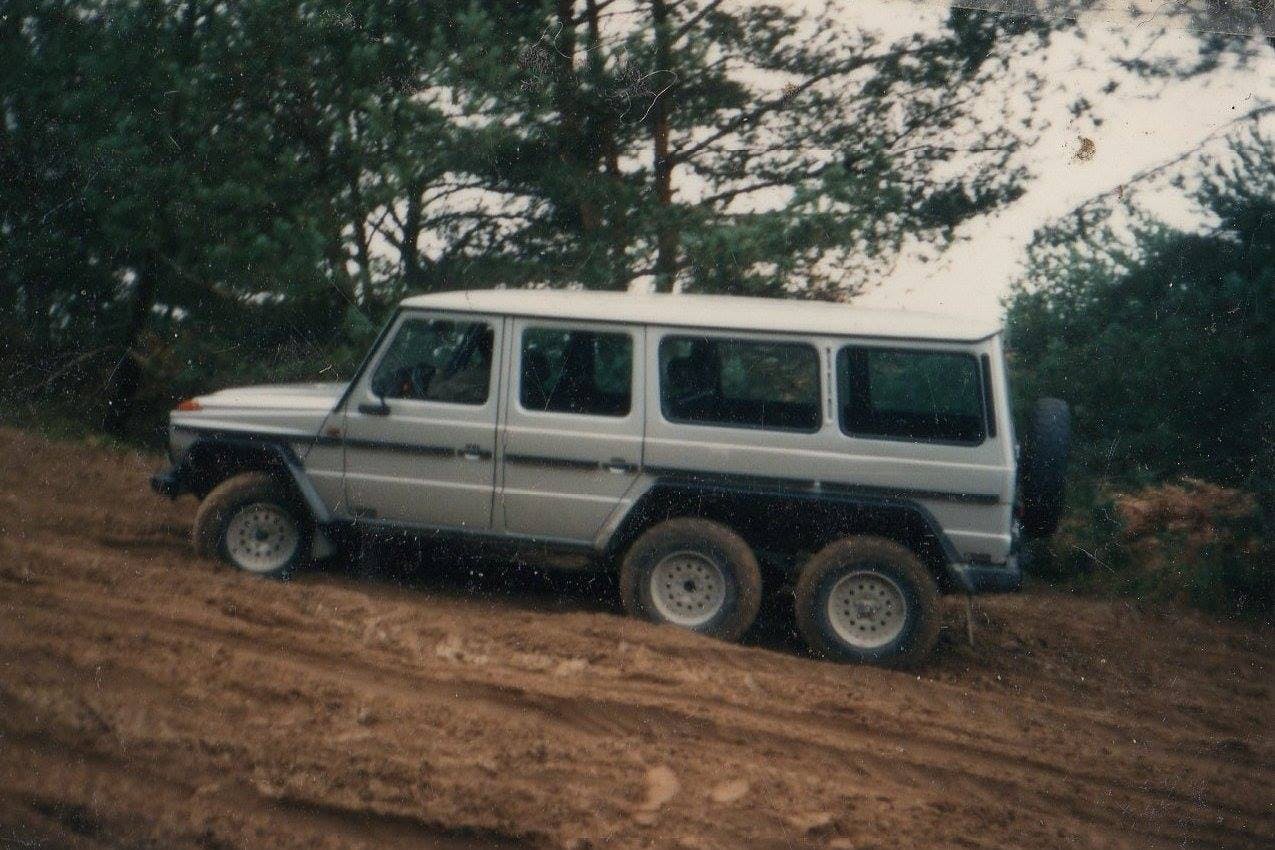
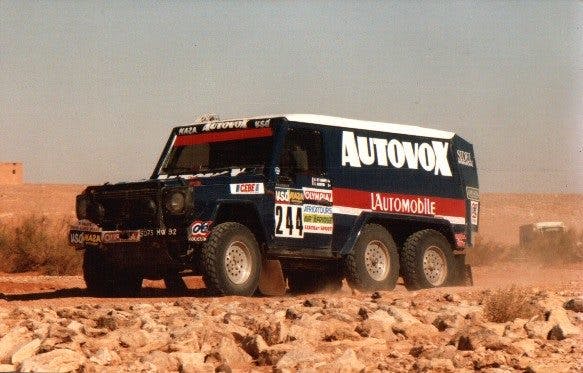
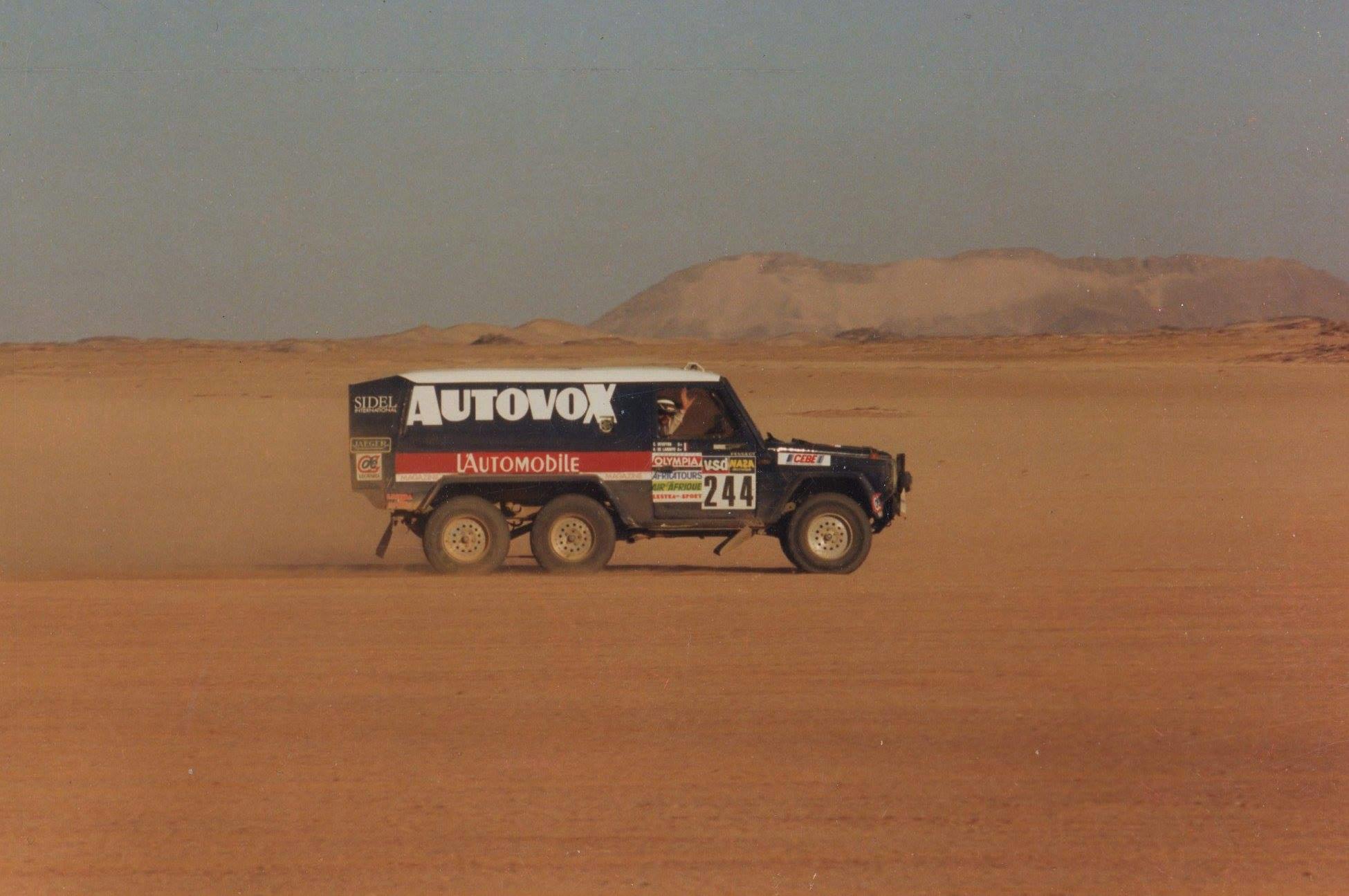
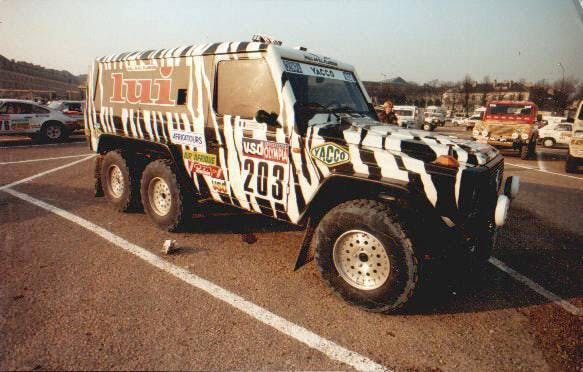

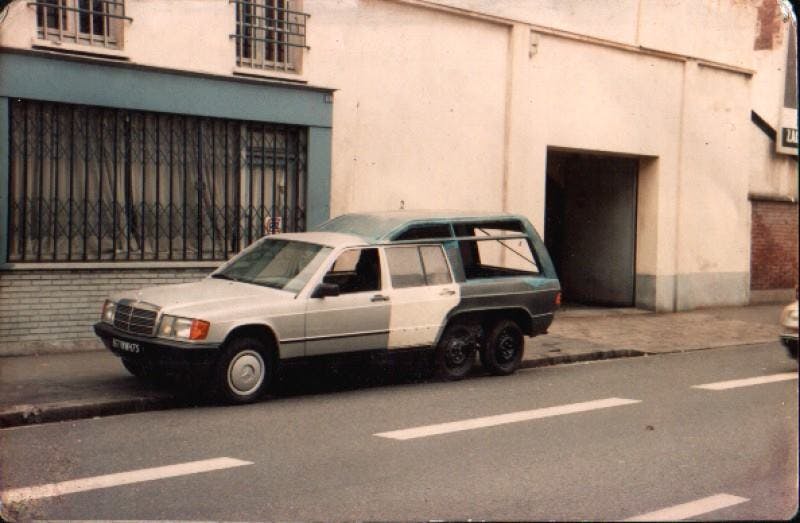
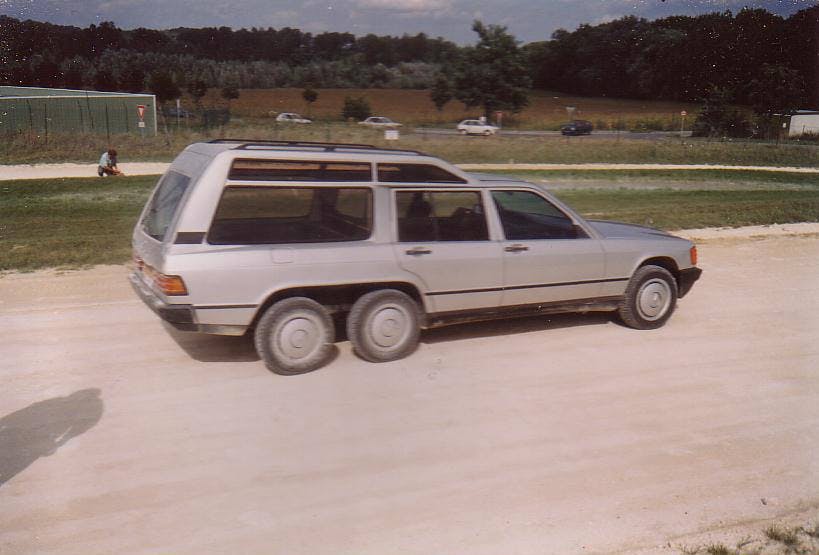
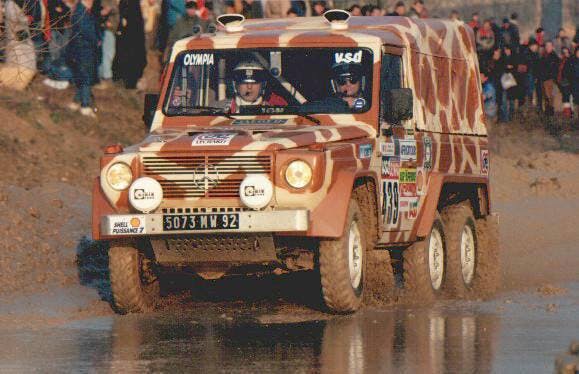

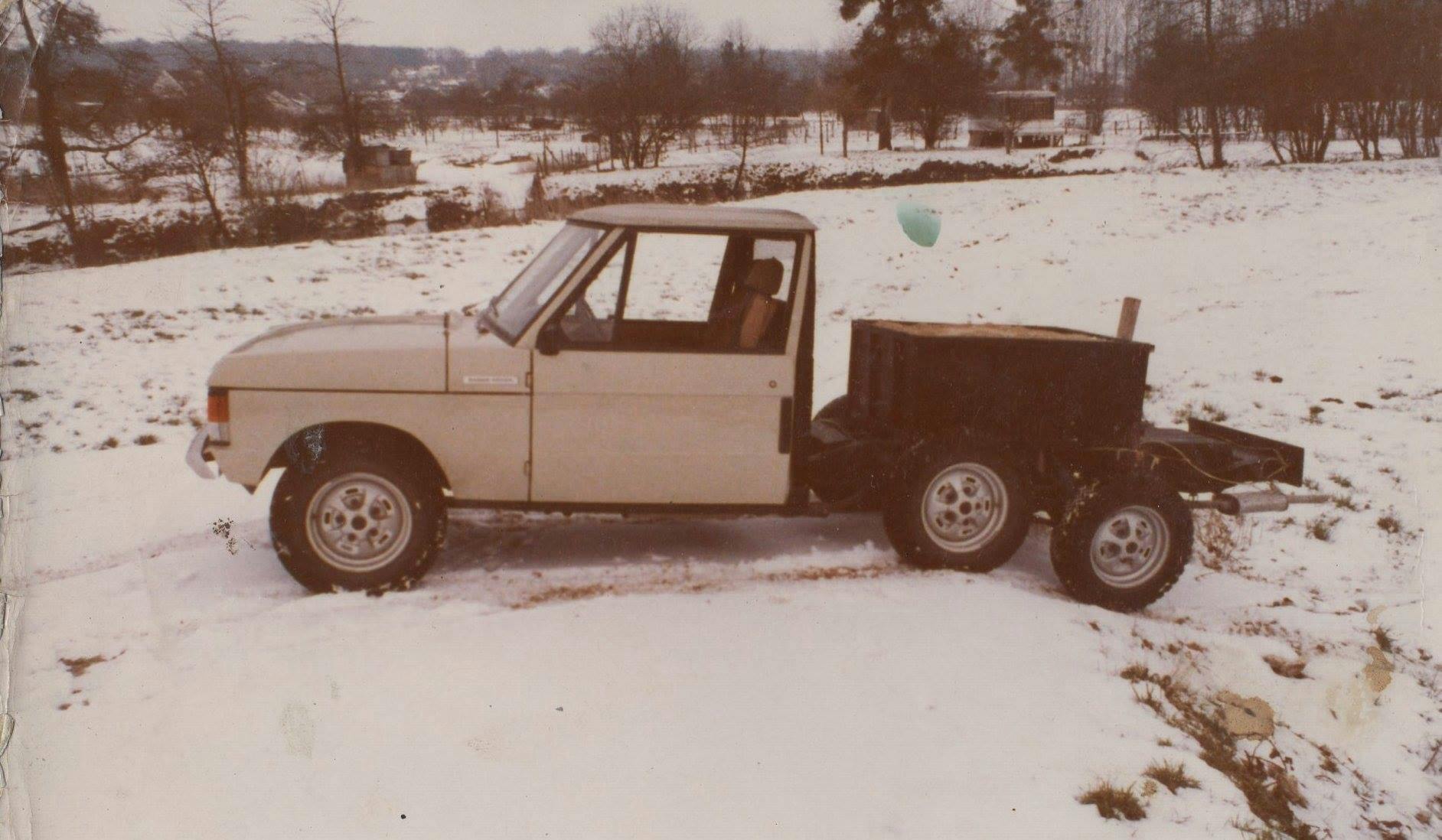

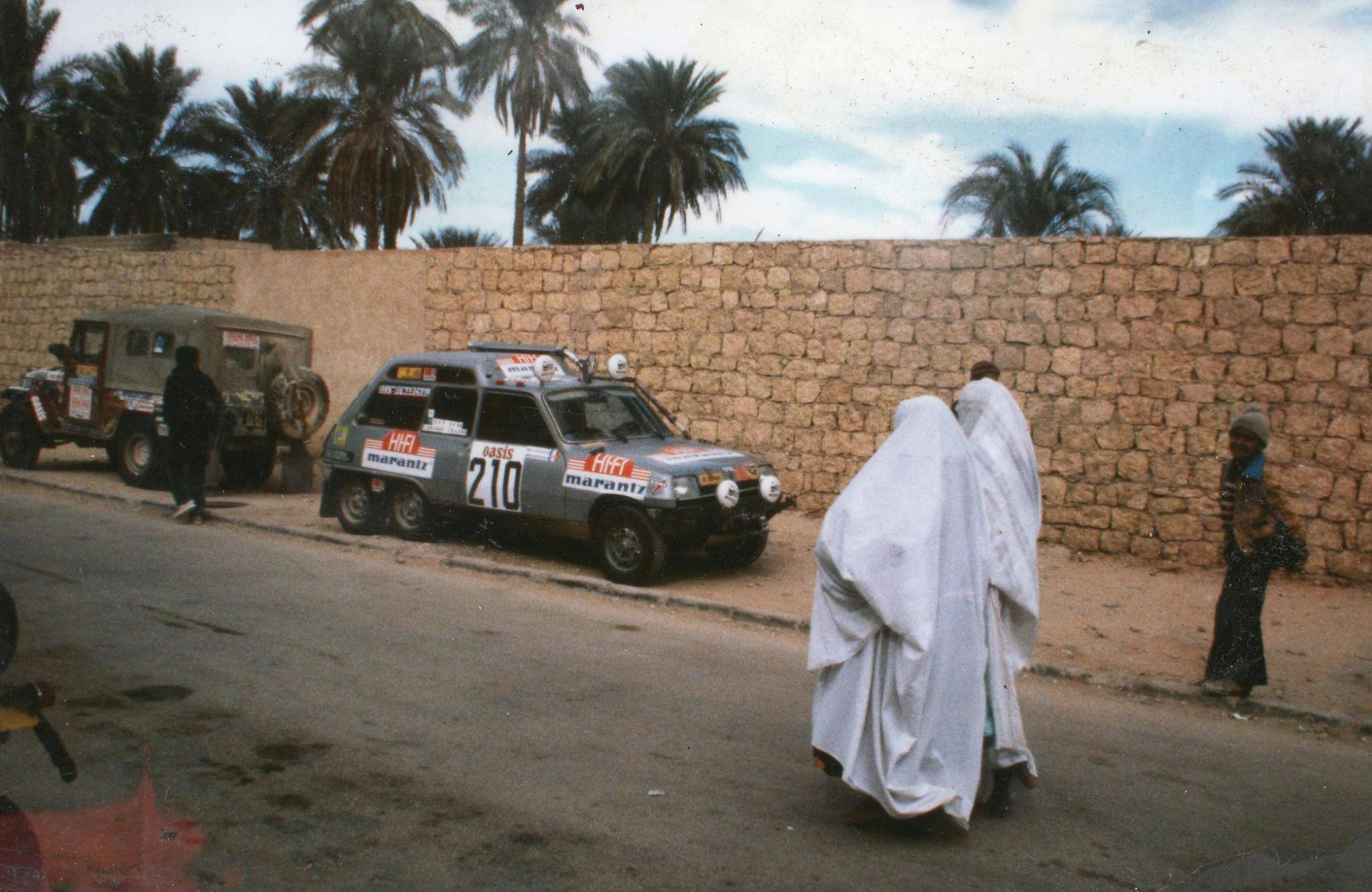


A DeLorean type story that didn’t turn out so bad
The R5 works really well as a 6×6. It looks crazy but good for what it is.